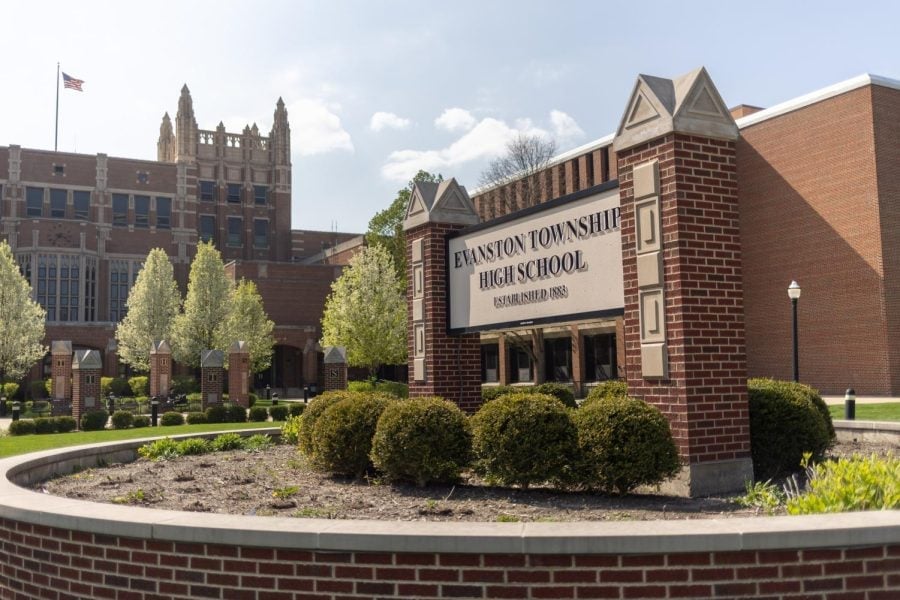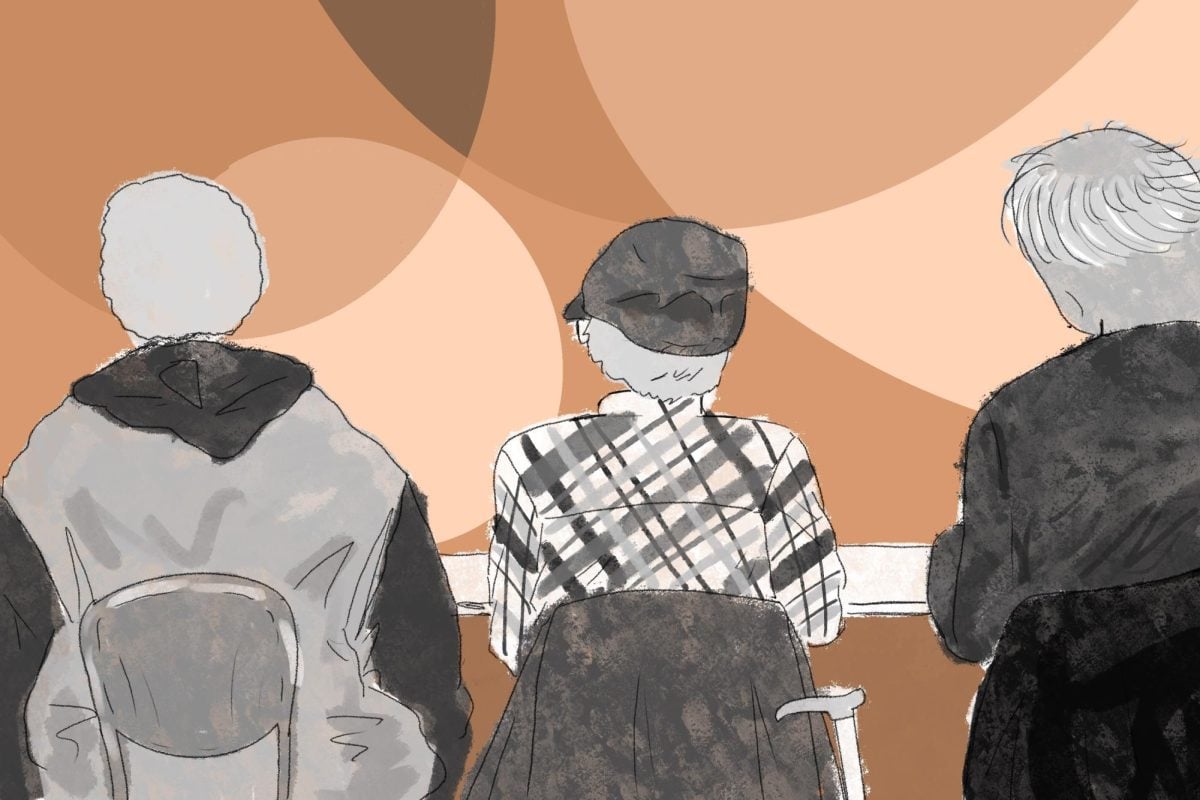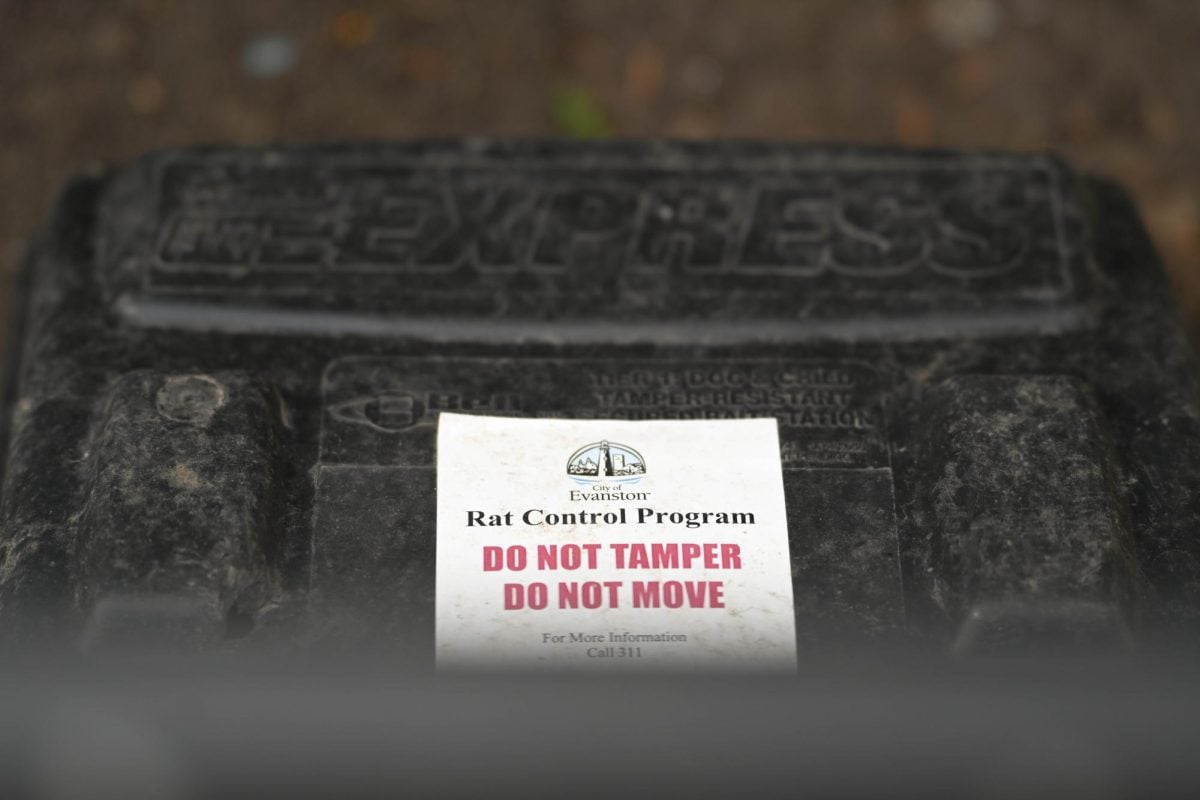Although Evanston authorities attribute this year’s reduction in reported crime to new technology and tactics, the ebb and flow of criminal activity may be responsible for the plummet in reported crime.
Compared to last year, about 17 percent fewer crimes have been reported through September, according to police reports.
Part of that decline is refinement in strategies, said Police Chief Richard Eddington.
The department now more frequently redistributes manpower in response to emerging crime patterns than it did three years ago, Eddington said.
“We deploy officers based on call loads, hot spots and those types of things,” he said. “We’re making more timely decisions.”
This “has substantially contributed to the overall number decline,” he said.
Eddington also pointed to the addition of two surveillance cameras in the last few years.
The city now has a total of four.
Technological improvements have made it easier to capture repeat offenders, he said. For example, the department now more frequently uses DNA evidence to solve burglaries in addition to sexual assault and murders.
“It’s become an industry standard now that we collect that evidence at the scene,” Eddington said.
These developments have all worked in conjunction to put more criminals behind bars, he said.
“As those offenders are identified and incarcerated, you subtract them from the equation,” he said.
Despite the trend, some Northwestern students remain cautious about particular areas of Evanston.
“I wouldn’t go any farther west than Ridge,” said Medill sophomore Greg Swiatek.
Reported crime can fluctuate from year to year, according to police records. In 2001, for example, reported crime fell by 14.5 percent followed by a .2 percent drop the next year.
And although this year’s decline is greater than the average decline per year from 2001 to 2007 – 7 percent – a slide as significant as the current one is not rare.
In fact, crime dropped 19 percent in 2003, according to police records.
Such statistics may be misleading because they show how many crimes were reported, not how many actually occurred, said Skokie Police Sgt. Michael Krupnik.
Sometimes, improved police tactics may actually increase the number of reported crimes, he said.
“If you throw more effort at catching criminals, you’re going to cause more crime to be reported,” Krupnik said.
If a police department sends more officers out to find drug dealers, for example, it will more likely find drug dealers, so crime will look as if it is has increased, he said.
In the same sense, fewer reported crimes could alternatively suggest police are detecting fewer crimes or the community is reporting them less.
Or criminals may just be less active this year. Even a 17 percent drop may be attributable to the regular variance of crime, not new police initiatives, Krupnik said.
Nationwide, violent crimes and property crimes have been decreasing on a national level since at least 2006, according to the FBI reports.
“I hope there’s more than just an ebb and flow here,” Eddington said. “We’ll be better able to analyze it 18 to 24 months from now.”







